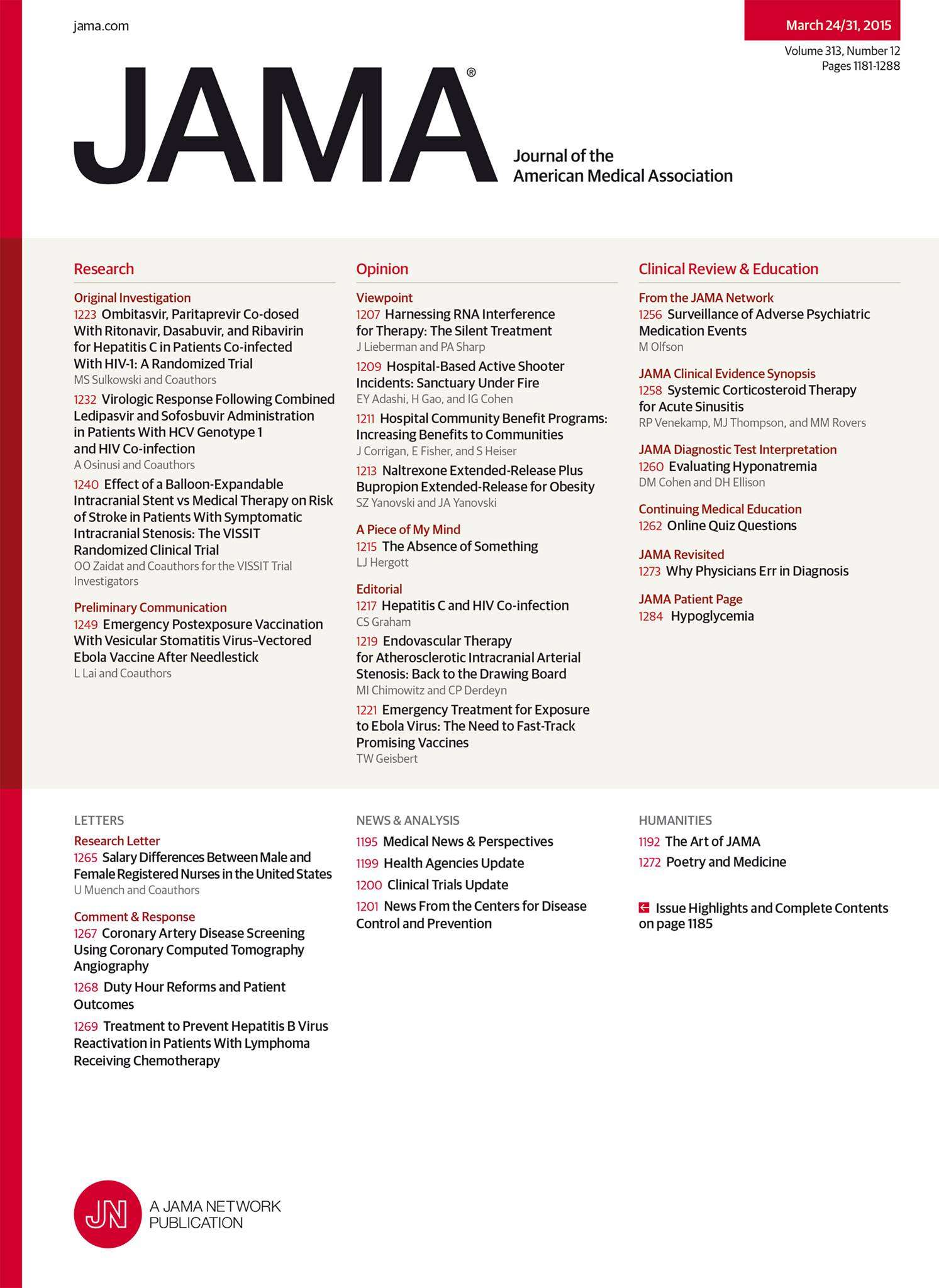
Effect of High-Intensity Strength Training on Knee Pain and Knee Joint Compressive Forces for KOA

Effect of High-Intensity Strength Training on Knee Pain and Knee Joint Compressive Forces for KOA
Effect of High-Intensity Strength Training on Knee Pain and Knee Joint Compressive Forces Among Adults With Knee Osteoarthritis: The START Randomized Clinical Trial
JAMA . 2021 Feb 16;325(7):646-657.Did you know you're eligible to earn 0.5 CME credits for reading this report? Click Here
Synopsis
Three hundred seventy-seven adults with knee osteoarthritis were randomized to receive high-intensity strength training (n=127), low-intensity strength training (n=126), or attention control (n=124). The primary outcomes were knee pain measured by the WOMAC scale and knee joint compressive force during walking. Secondary outcomes included physical function, 6-minute walk distance, joint space widt...
To view the full content, login to your account,
or start your 30-day FREE Trial today.
FREE TRIAL
LOGIN
Forgot Password?
Explore some of our unlocked ACE Reports below!

Learn about our AI Driven
High Impact Search Feature
Our AI driven High Impact metric calculates the impact an article will have by considering both the publishing journal and the content of the article itself. Built using the latest advances in natural language processing, OE High Impact predicts an article’s future number of citations better than impact factor alone.
Continue



 LOGIN
LOGIN

Join the Conversation
Please Login or Join to leave comments.